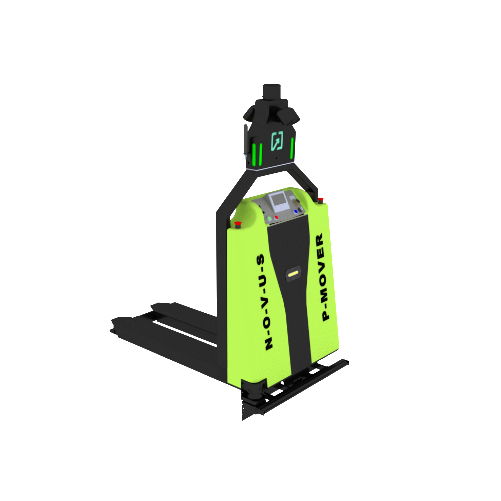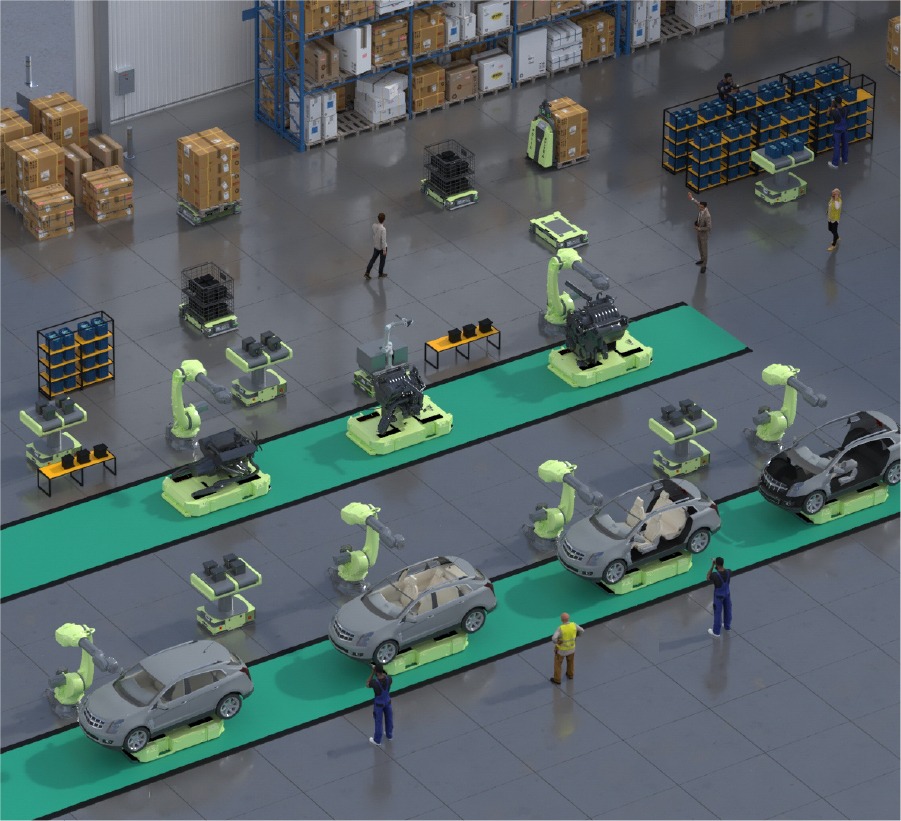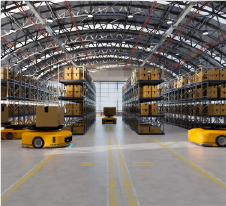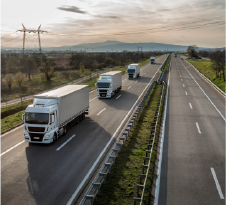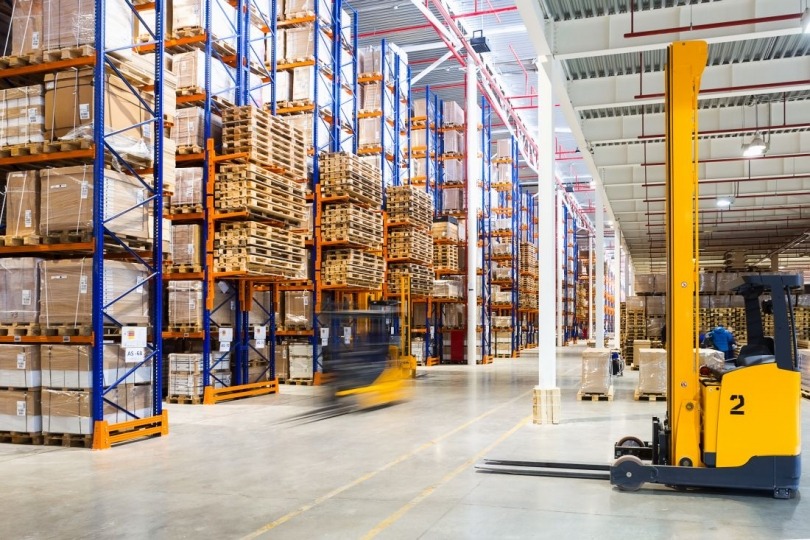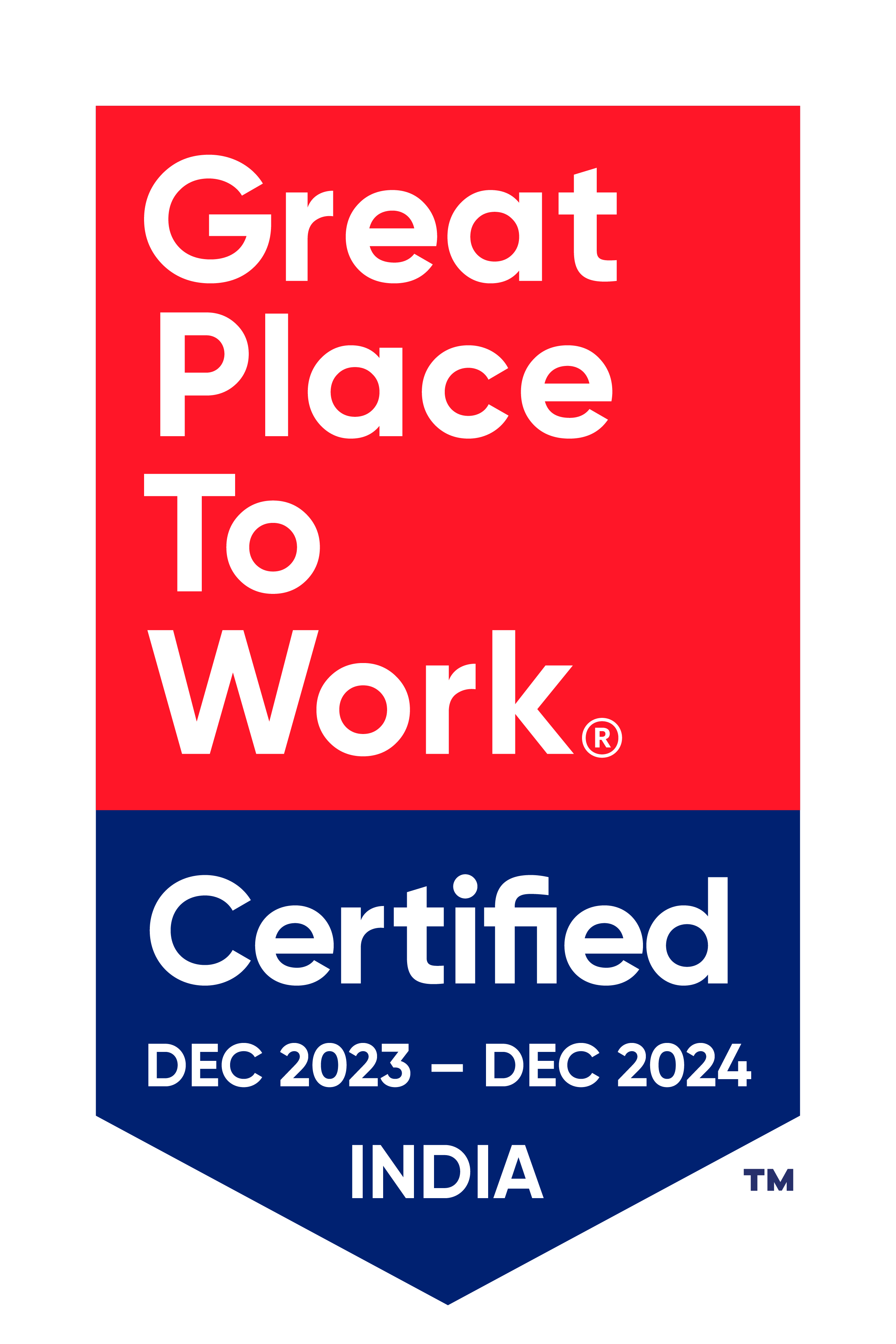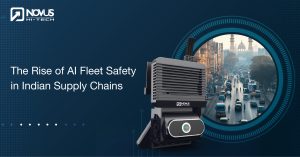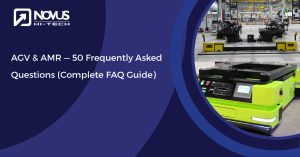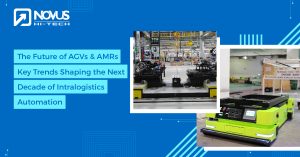Forklifts play a pivotal role in material handling across various industries, enabling efficient movement and lifting of heavy loads. They are counterbalanced carts, powered by a battery or motor, equipped with a hydraulic mast at the front and several forks. Forklifts are mounted on three or four wheels and are steered by the rear wheel(s).
Selecting the right forklift is crucial for optimizing productivity and safety in your operations, as it affects operating costs, productivity, and inventory management. In this comprehensive guide, we’ll delve into the different types of forklifts available and provide insights into choosing the ideal one for your specific business needs, incorporating features such as driver behavior monitoring systems and driver state monitoring systems to enhance safety and efficiency.
Discover the right Forklift for your business needs.
Download our free brochure for expert insights and trends!
How to Choose a Right Forklift
- Assess Your Needs: Determine the weight and size of the loads you’ll be handling, as well as the height and width of your aisles and storage racks. This information will help you select a right forklift with the appropriate lifting capacity and maneuverability.
- Consider Your Environment and Load Capacity: Evaluate both indoor and outdoor operational factors, including surface conditions, to determine the most suitable forklift tires and fuel source. Additionally, assess the maximum weight your forklift will regularly lift to ensure safety and efficiency, selecting a load capacity that exceeds typical load requirements.
- Evaluate Ergonomics: Prioritize the comfort and safety of your operators by considering features such as adjustable seats, ergonomic controls, and visibility enhancements. A right forklift with ergonomic design features can reduce operator fatigue and improve overall productivity.
- Factor in Maintenance, and Budget: Before selecting a forklift, research its maintenance requirements, including fuel or battery replacement, servicing needs, and spare parts availability. Consider your budget, encompassing initial costs, maintenance expenses, and potential financing options, along with fuel or battery charging costs. Opting for a forklift with lower maintenance expenses can yield long-term savings. Additionally, prioritize right forklifts equipped with driver-drowsiness monitoring systems for enhanced safety.
- Training, Certification, Safety, and Compliance: Prioritize operator training and certification tailored to the specific forklift type to enhance safety and efficiency. Invest in programs to ensure compliance with regulations on safety features like seat belts and overhead guards, as well as emissions and noise levels, reducing accident risks and improving overall workplace safety.
Types of Forklifts and Their Applications
- Electric Counterbalance Forklifts:
Powered by batteries, these forklifts feature a counterweight at the rear, eliminating the need for additional weight for load lifting.
–Applications: Ideal for indoor operations where emissions and noise are concerns, such as warehouses and distribution centers. They excel at maneuvering in tight spaces and handling palletized loads efficiently.
- Internal Combustion Counterbalance Forklifts:
Utilizing gasoline, diesel, or liquid propane gas (LPG) engines, these forklifts have a counterbalance design similar to electric models.
– Applications: Suitable for outdoor use and environments with adequate ventilation, like construction sites and manufacturing facilities, for heavy lifting and rough terrain navigation.
- Reach Trucks:
Designed for narrow aisle applications, these forklifts feature extending forks for reaching into pallet racking systems.
– Applications: Perfect for maximizing storage space in high-density warehouses, lifting loads to significant heights for tall storage racks and narrow aisles.
- Order Pickers:
Equipped with a platform for the operator to stand on, order pickers are used for picking individual items from shelves at various heights.
– Applications: Essential for order fulfillment centers and warehouses with high volumes of picking tasks, improving efficiency and accuracy in the picking process.
- Pallet Jacks:
Also known as pallet trucks or pump trucks, these are manual or electrically operated devices used for moving palletized loads.
– Applications: Widely used in retail stores, grocery warehouses, and manufacturing facilities for short-distance transportation of goods, offering simplicity of operation and cost-effectiveness.
- Rough Terrain Forklifts:
Specifically designed for outdoor use on uneven or unpaved surfaces, these forklifts feature robust tires and higher ground clearance.
– Applications: Essential in construction sites, agricultural settings, and landscaping projects, excelling in handling heavy loads over rough terrain with ease.
Conclusion
Choosing the right forklift is a critical decision that significantly impacts the efficiency and safety of material handling operations. By understanding the various types of forklifts available and their applications, you can make an informed choice aligned with your business requirements.
Novus Hitech offers a range of forklift solutions tailored to meet diverse needs, ensuring streamlined operations and enhanced productivity in your business. Invest wisely in the appropriate forklift equipped with ADAS technology to drive efficiency and safety in your material handling processes.


